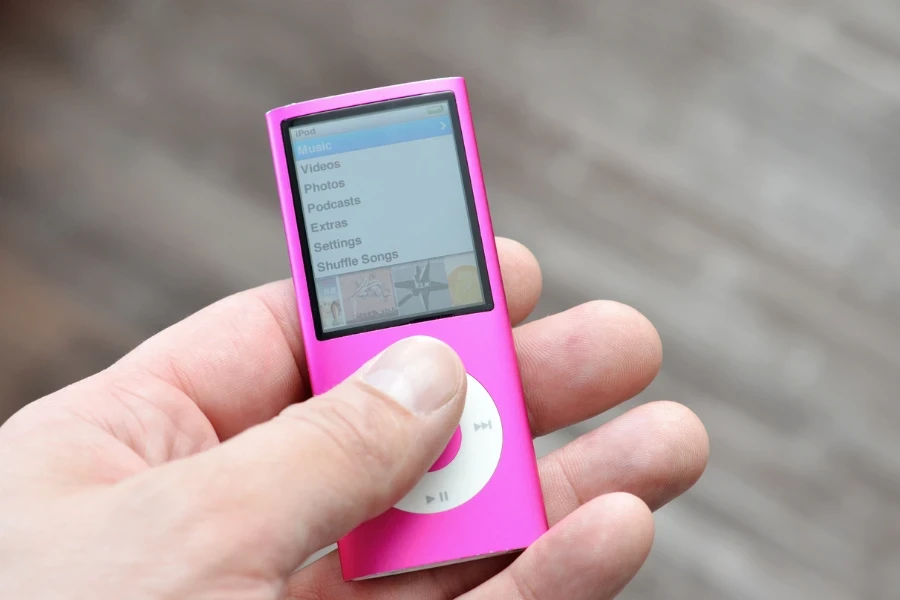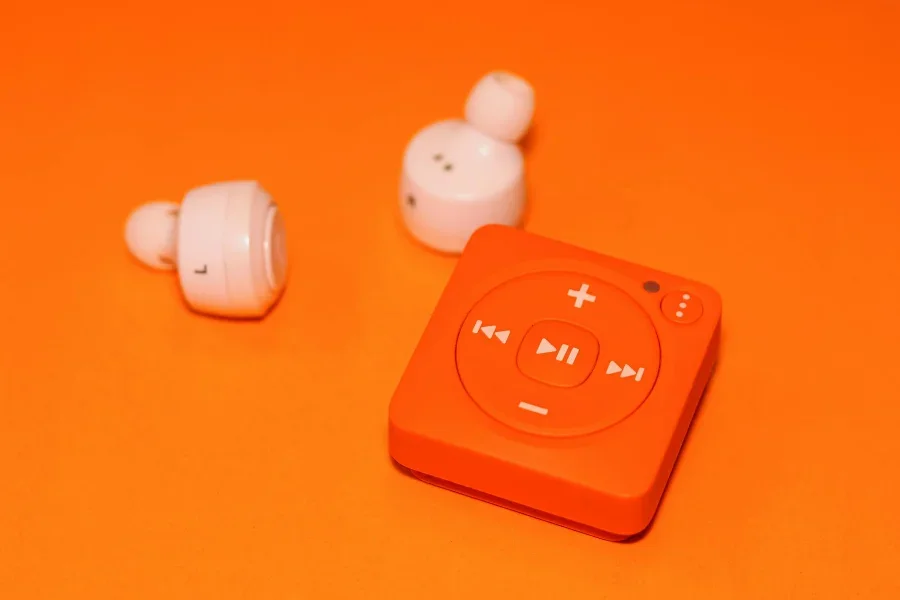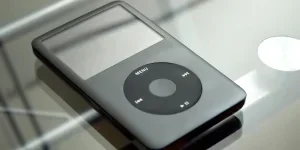In an era dominated by streaming services, the humble MP3 player continues to hold its ground, offering a blend of portability, storage, and quality that appeals to music enthusiasts and casual listeners alike. This guide delves into the nuances of MP3 players, shedding light on the aspects most valued by users. From understanding storage capacities to navigating the intricacies of sound quality, we aim to equip you with the knowledge to make an informed choice. Whether you’re a seasoned audiophile or simply looking for a device to soundtrack your daily commute, this article is your passport to the world of MP3 players.
Table of Contents:
– Understanding storage options and capacity
– Navigating sound quality and file formats
– Exploring battery life and portability
– Considering durability and design
– How to choose the right MP3 player for you
Understanding storage options and capacity

In the realm of MP3 players, storage is more than just a number—it’s your music library’s size and scope. With options ranging from 4GB to over 256GB, understanding what suits your needs is crucial. Smaller capacities might suffice for casual listeners, but avid music fans will need more expansive storage to house their collections. Beyond internal storage, some models offer expandable options via microSD cards, providing flexibility and future-proofing your device.
The choice between solid-state drives (SSD) and hard disk drives (HDD) in higher-capacity players affects not only storage but also durability and playback quality. SSDs, with no moving parts, offer durability and quicker access to your tunes, making them ideal for active users.
Lastly, consider how your music is formatted. Higher quality formats like FLAC take up more space than MP3 files, affecting how much music you can store. Balancing quality and quantity becomes a personal preference but is essential in choosing the right MP3 player.
Navigating sound quality and file formats

Sound quality in MP3 players is influenced by several factors, from the digital-to-analog converter (DAC) to the supported file formats. A high-quality DAC can significantly enhance your listening experience by accurately converting digital files into analog sound. Look for players that support a wide range of formats including MP3, FLAC, WAV, and AAC, ensuring compatibility with high-quality audio files.
Bitrate is another crucial aspect affecting sound quality. Higher bitrate files contain more data, providing a richer and more detailed sound. While this means larger file sizes, the auditory payoff can be worth the trade-off for audiophiles.
Headphone output is the final piece of the puzzle. The best MP3 players provide ample power to drive a wide range of headphones, from in-ears to over-ears, without compromising on sound quality. This synergy between player and headphones is essential for the optimal listening experience.
Exploring battery life and portability

Battery life is a critical consideration for anyone on the move. Modern MP3 players boast battery lives ranging from a few hours to several weeks on standby, ensuring you’re rarely left in silence. When comparing models, consider how battery life is affected by usage patterns such as screen time and file playback quality.
Portability extends beyond size and weight; it encompasses the overall design, including the user interface and physical buttons versus touchscreen controls. A compact, lightweight MP3 player is ideal for workouts and commutes, but not at the expense of usability. Ergonomic design and intuitive controls are paramount for on-the-go adjustments.
Moreover, connectivity options like Bluetooth and Wi-Fi extend the MP3 player’s versatility, allowing for wireless headphone connections and direct music downloads, respectively. These features enhance the device’s portability by reducing dependency on cables and computers.
Considering durability and design

Durability is a key factor for active users and those frequently on the move. Rugged designs, water resistance, and solid construction protect your investment from drops, sweat, and the elements. While ruggedness might come at a premium, the longevity and peace of mind it offers can be invaluable.
Design aesthetics also play a significant role in the selection process. From sleek, minimalist designs to more robust, feature-packed models, the appearance of an MP3 player can reflect personal style and preferences. User interface design, whether through physical buttons or touchscreen, impacts not only the device’s look but also its functionality and ease of use.
Lastly, consider the accessory ecosystem, including cases, screen protectors, and compatible headphones. A well-supported model ensures you can enhance and protect your device, keeping it functional and stylish for years to come.
How to choose the right MP3 player for you

Choosing the right MP3 player boils down to understanding your priorities. Consider how you’ll use the device, the size of your music library, and your quality preferences. Balance storage capacity with sound quality, keeping in mind file formats and bitrates. Don’t overlook battery life and portability, especially if you’re always on the move. Durability and design are equally important, reflecting both your lifestyle and personal taste.
Conclusion
In navigating the vast landscape of MP3 players, armed with knowledge on storage, sound quality, battery life, durability, and design, you’re well-equipped to choose a device that harmonizes with your lifestyle. Remember, the right MP3 player not only plays music but enhances your daily soundtrack, making every moment a bit more melodious.




